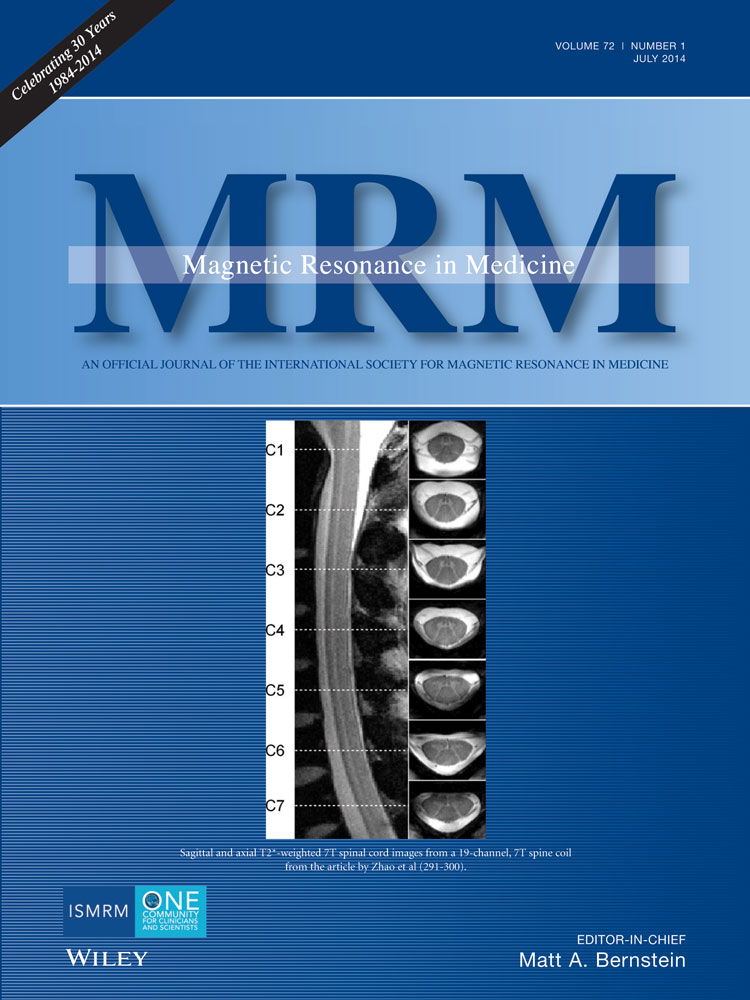Intraoral approach for imaging teeth using the transverse B1 field components of an occlusally oriented loop coil
Disclosures: Drs. Idiyatullin, Corum and Garwood are entitled to sales royalties from a technology license (SWIFT) held by GE Healthcare through the University of Minnesota for products related to the research described in this paper. The University of Minnesota has a financial interest arising from a right to receive royalty income under the terms of the license agreement. This relationship has been reviewed and managed by the University of Minnesota in accordance with its conflict of interest policies.
Abstract
Purpose
The signal-to-noise ratio and resolution are two competing parameters for dental MRI and are highly dependent on the radiofrequency coil configuration and performance. The purpose of this work is to describe an intraoral approach for imaging teeth with the radiofrequency coil plane oriented orthogonally to the Zeeman field to use the transverse components of the B1 field for transmitting and receiving the NMR signal.
Methods
A single loop coil with shape and size fitted to the average adult maxillary arch was built and tested with a phantom and human subjects in vivo on a whole-body 4 T MRI scanner. Supporting Biot-Savart law simulations were performed with Matlab.
Results
In the occlusal position (in bite plane between the upper and lower teeth), the sensitive volume of the coil encompasses the most important dental structures, the teeth and their supporting structures, while uninteresting tissues containing much higher proton density (cheeks, lips, and tongue) are outside the sensitive volume. The presented images and simulated data show the advantages of using a coil in the orthogonal orientation for dental applications.
Conclusion
The transverse components of the B1 field of a surface coil can effectively be used for imaging of teeth and associated structures. Magn Reson Med 72:160–165, 2014. © 2013 Wiley Periodicals, Inc.




